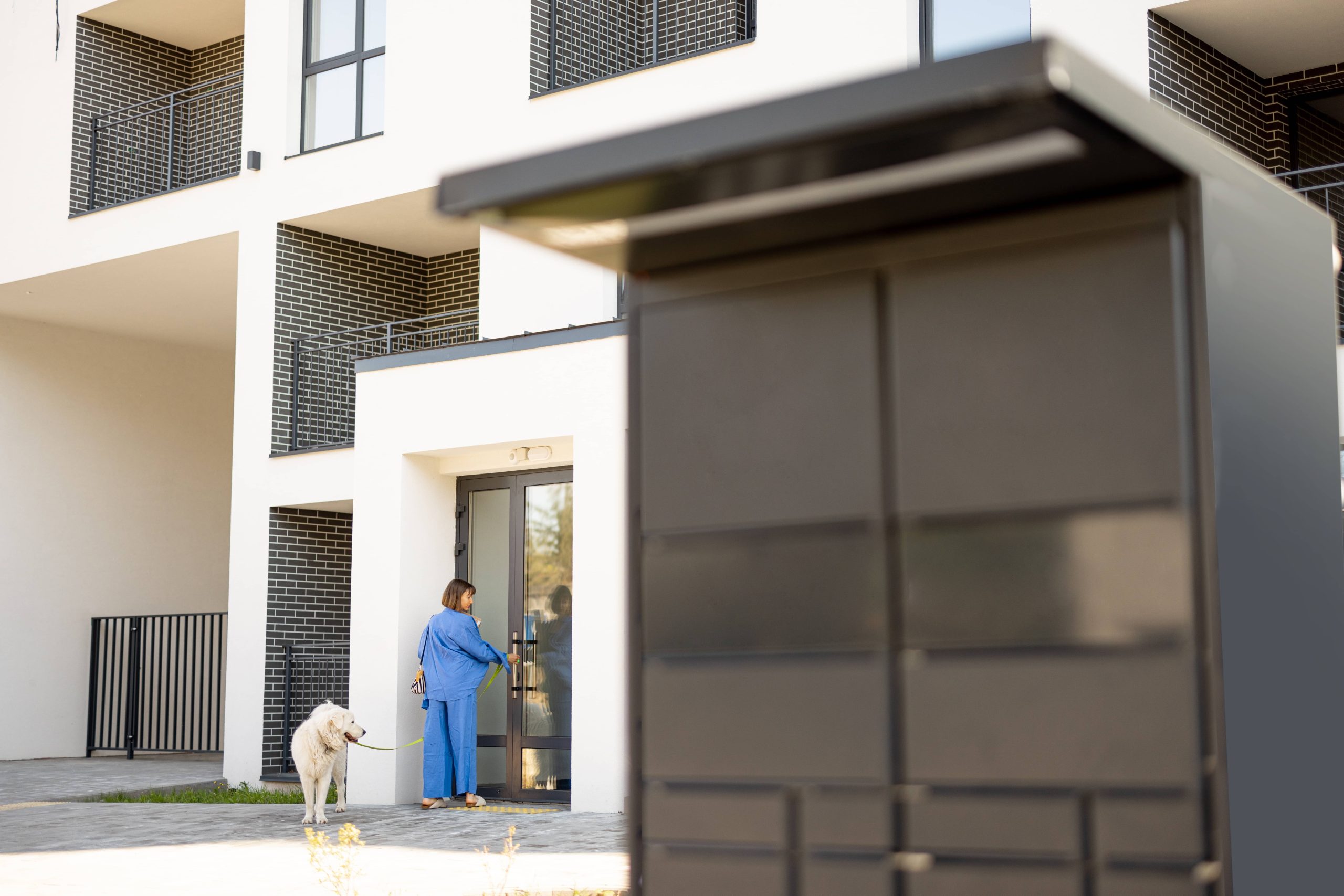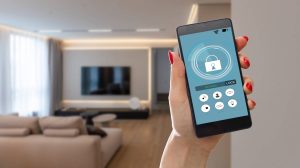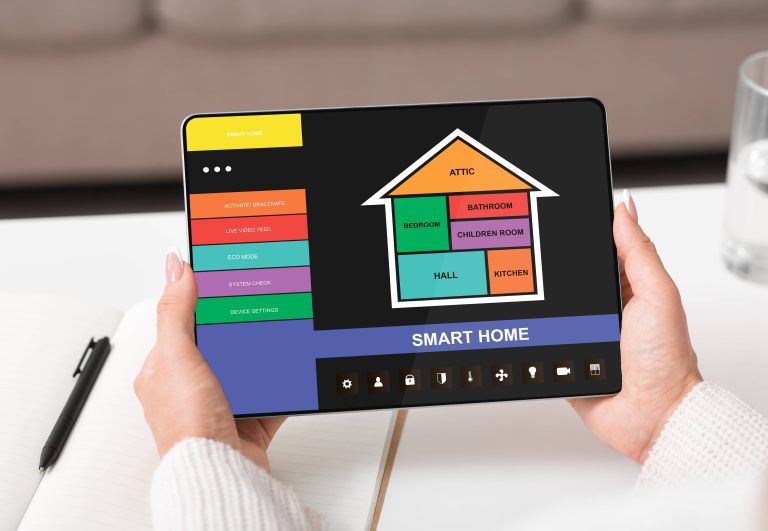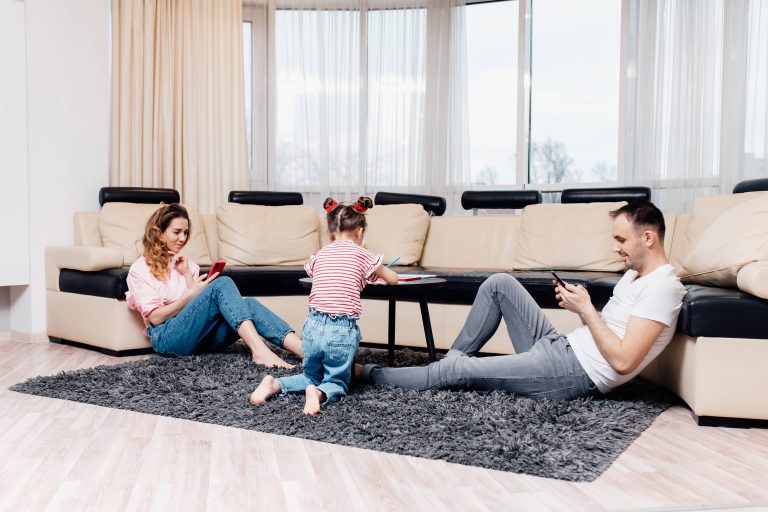
In the rapidly advancing world of smart technology, the integration of devices into a cohesive and user-friendly smart home system has been transformative. With a tap on your smartphone, you can adjust the thermostat, dim the lights, or even play music throughout your house. While this technological convenience offers numerous benefits, it also requires robust security measures to protect your home from potential cyber threats. One way to ensure that your smart home remains secure is by controlling its security features with a single app.
The Evolution of Smart Home Security
Traditionally, securing a home meant installing multiple standalone systems—each with separate controls. From security cameras to smart locks, each device often had its own app, making it cumbersome to manage them. However, as technology continues to evolve, there is a significant shift towards more integrated systems.
Unified apps have become the linchpin in controlling smart home security efficiently. These apps allow users to monitor, control, and automate all the disparate elements of their smart home security system through a single interface. This not only simplifies the process but enhances the overall security posture of your smart home.
Benefits of a Single App for Smart Home Security
1. Simplified Management
One of the main benefits of controlling smart home security via a single app is simplicity. Instead of juggling different apps for cameras, locks, and sensors, everything can be managed from one unified interface. This reduces the time spent switching between apps and the likelihood of overlooking an essential security update or feature.
2. Enhanced Security Protocols
When your smart home devices are controlled through a single app, updates and security patches can be deployed more effectively. Many smart home security apps offer automatic updates, ensuring that all components are running the latest software. Additionally, these apps can strengthen security protocols by providing a single point of access, where users can set strong passwords, enable two-factor authentication, and monitor activity logs.
3. Improved User Experience
User experience is crucial in smart home technology. A single app that provides seamless interoperability among devices enhances the user experience. Integrated systems often come with user-friendly interfaces that provide insightful analytics, trending security patterns, and alerts—all designed to keep homeowners informed and in control without being overwhelmed by technicalities.
4. Centralized Notification System
Smart home security apps often come with sophisticated notification settings. When integrated, you’ll receive real-time alerts about security events, such as motion detection, door activity, or manually triggered alarms. This centralized system makes it easier to take swift action, whether it’s a false alarm or a genuine security breach.
Key Features of Leading Smart Home Security Apps
With so many smart home security apps available, choosing the right one might seem daunting. Here are some key features to look for that can help ensure comprehensive security management:
Unified Dashboard
The app should provide a comprehensive dashboard where you can view and control all devices. This might include live video feeds, temperature settings, or power management options.
Customization and Automation
Look for apps that offer customization and automation capabilities. This allows users to set specific rules for devices—for example, programming the lights to turn on when motion is detected at night.
Secure Access Controls
Ensure that the app allows for advanced security protocols, such as biometric authentication or two-factor authentication, to prevent unauthorized access.
Remote Monitoring and Control
In our increasingly mobile world, the ability to monitor and control your home’s security from anywhere is crucial. A single security app should offer remote access, allowing you to check cameras, lock doors, or turn off lights even if you’re miles away.
Optimizing Your Smart Home Setup
While a single app provides several advantages, optimizing your smart home for maximum security still requires strategic planning:
Device Compatibility
Before committing to a single app, ensure it supports all your smart devices. If you have a diverse range of brands, look for apps that are compatible with multiple manufacturers.
Regular Updates
Stay vigilant about updating both your app and smart devices. Regular updates not only enhance functionality but also protect against newly discovered vulnerabilities.
Routine Security Audits
Occasionally review your smart home’s security settings. This could involve reevaluating device permissions, analyzing alert patterns, or even conducting simulated security breaches to test response times.
Educate Household Members
Ensure all members of your household understand the security measures in place and how to use the app effectively. Knowledge sharing can prevent security breaches caused by human error.
Conclusion
Controlling your smart home security with a single app is a game-changer in both convenience and safety. By consolidating management into one powerful tool, you not only simplify the process but also enhance the overall security infrastructure of your home. However, it’s crucial to choose the right app—one that supports all your devices, offers comprehensive security features, and provides a seamless user experience. By taking these steps, you can enjoy the peace of mind that comes with knowing your smart home is both connected and secure.







